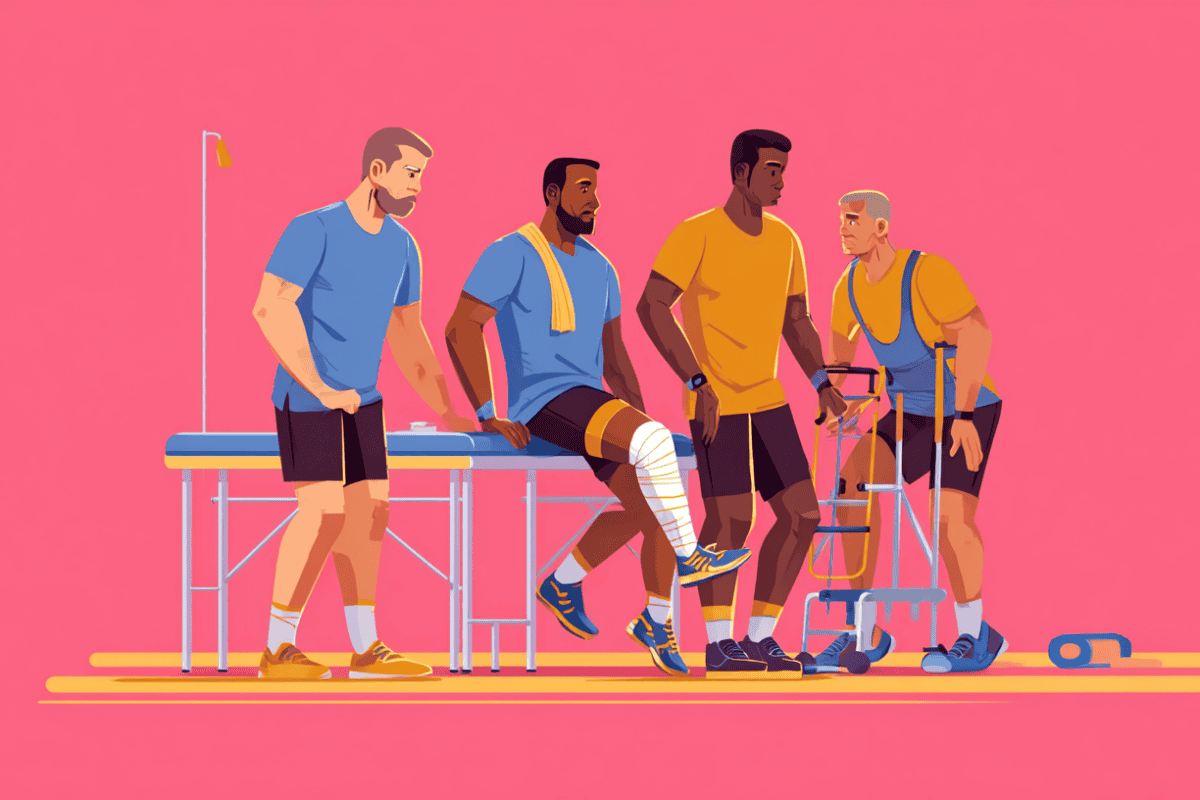Good posture isn’t just about looking confident—it plays a vital role in maintaining long-term health, comfort, and mobility. Yet, in today’s world of desk jobs, smartphones, and long commutes, poor posture habits have become increasingly common. Understanding these mistakes—and knowing how to correct them—can make a profound difference to your overall wellbeing. A professional postural assessment can also help identify and address alignment issues before they turn into chronic pain or injuries.
Below, we explore some of the most frequent posture mistakes and simple ways to fix them.
The Forward Head Posture
Sometimes called “tech neck,” this occurs when your head juts forward in front of your shoulders—typically from prolonged screen use or looking down at your phone. This position strains the neck muscles, leading to stiffness, headaches, and even upper back pain.
How to fix it:
– Bring your screens to eye level to reduce the need to look down.
– Strengthen your upper back and neck with chin tucks and scapular squeezes.
– Check your posture regularly—your ears should align with your shoulders.
Rounded Shoulders
Rounded or hunched shoulders are often a by-product of sitting for long periods, especially when leaning over a laptop. Over time, this posture weakens the upper back and tightens the chest muscles.
How to fix it:
– Incorporate exercises like rows and chest stretches into your daily routine.
– Sit tall with your shoulder blades gently drawn back and down.
– Adjust your chair and desk height so your arms rest comfortably at a 90-degree angle.
Anterior Pelvic Tilt
This occurs when the pelvis tilts forward, causing the lower back to arch excessively and the stomach to protrude. It’s commonly seen in people who spend most of their day sitting, leading to tight hip flexors and weak glutes.
How to fix it:
– Strengthen your glutes and core with bridges and planks.
– Stretch your hip flexors regularly.
– When standing, imagine gently tucking your pelvis under to align your spine.
Slouched Sitting
Many of us fall into this trap—especially during long meetings or Netflix sessions. Slouching puts unnecessary strain on your spine and can contribute to fatigue and poor circulation.
How to fix it:
– Choose a supportive chair that encourages an upright position.
– Keep both feet flat on the floor with knees at hip height.
– Use a small cushion or lumbar roll to support your lower back if needed.
Crossing Legs While Sitting
Though it might feel comfortable, crossing your legs can lead to uneven hip alignment and poor circulation. Over time, it can even contribute to pelvic imbalance and back discomfort.
How to fix it:
– Keep both feet flat on the ground or use a footrest.
– Switch positions often to avoid staying in one posture too long.
– Strengthen your core and hips to support even alignment.
Locked Knees When Standing
Standing with your knees fully locked out may seem harmless, but it can create extra pressure on your joints and lower back.
How to fix it:
– Keep a soft bend in your knees when standing.
– Engage your core to help distribute your weight evenly.
– Shift your weight periodically from one foot to the other to stay balanced.
Carrying Weight on One Side
Whether it’s a handbag, backpack, or even a toddler, carrying weight on one side of the body can cause muscular imbalances and shoulder or hip discomfort.
How to fix it:
– Alternate sides regularly when carrying bags.
– Use backpacks with two straps or crossbody designs for even weight distribution.
– Strengthen your core and shoulders to better support everyday loads.
Building Better Posture Habits
Improving your posture takes awareness and consistency. Here are a few daily habits that can make a big difference:
– Move often: Take standing or stretching breaks every 30–60 minutes.
– Mind your workspace: Ergonomic furniture and proper screen height reduce strain.
– Stay active: Activities like yoga, swimming, and Pilates help maintain strength and flexibility.
– Seek expert guidance: A professional postural assessment can identify subtle misalignments and create a tailored plan for improvement.
Final Thoughts
Good posture isn’t about standing perfectly still—it’s about maintaining balance, strength, and ease in how you move. Small adjustments, when practised consistently, can relieve pain, improve confidence, and help your body function at its best. So, take a few moments each day to check your posture—it’s one of the simplest yet most powerful ways to invest in your long-term health.
Digital Health Buzz!
Digital Health Buzz! aims to be the destination of choice when it comes to what’s happening in the digital health world. We are not about news and views, but informative articles and thoughts to apply in your business.


